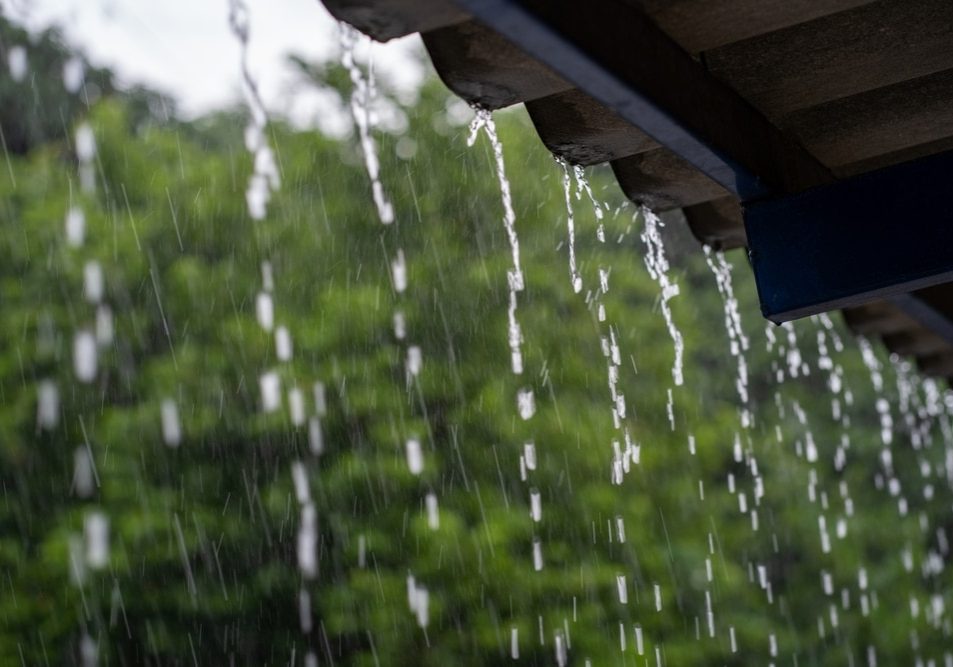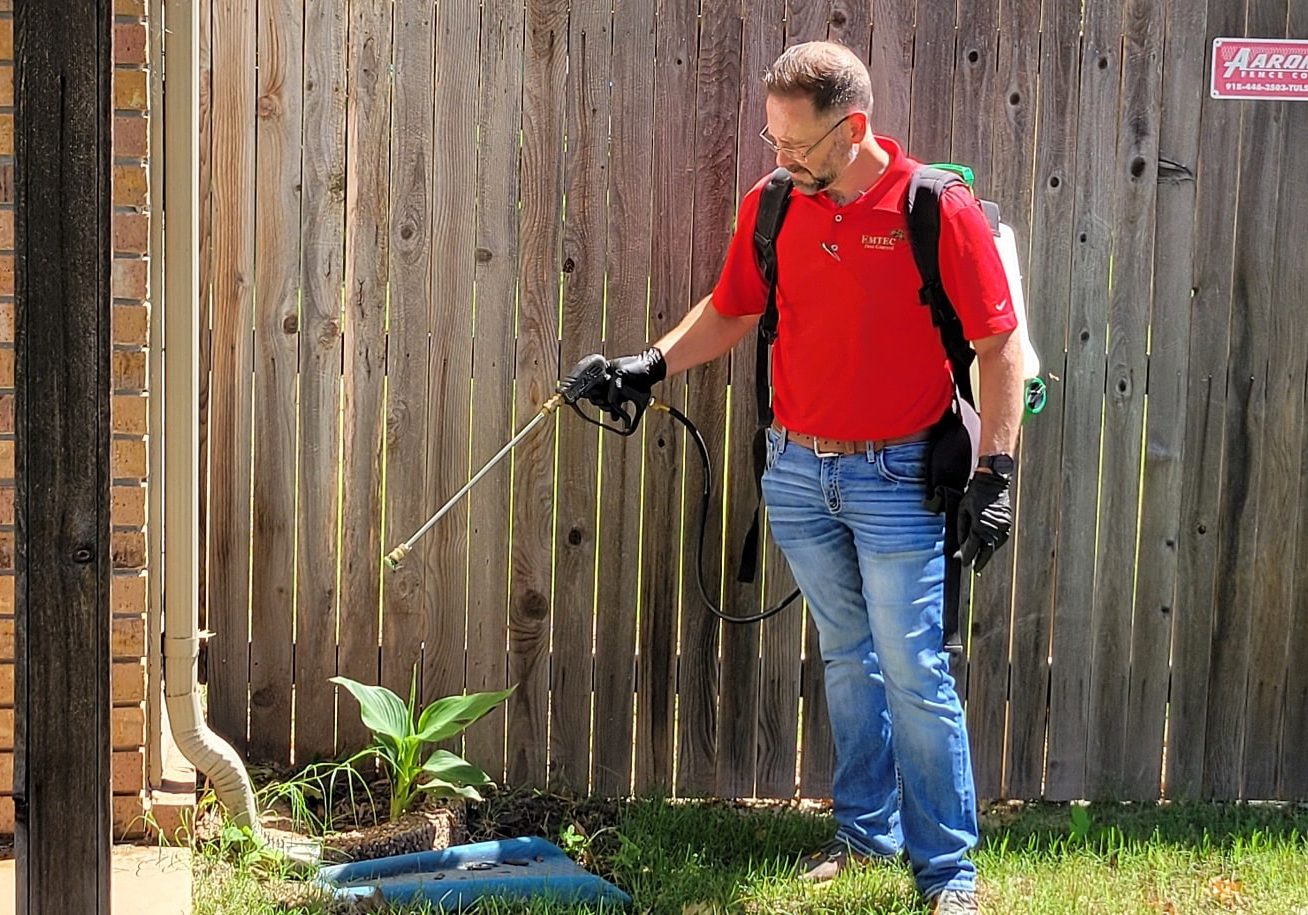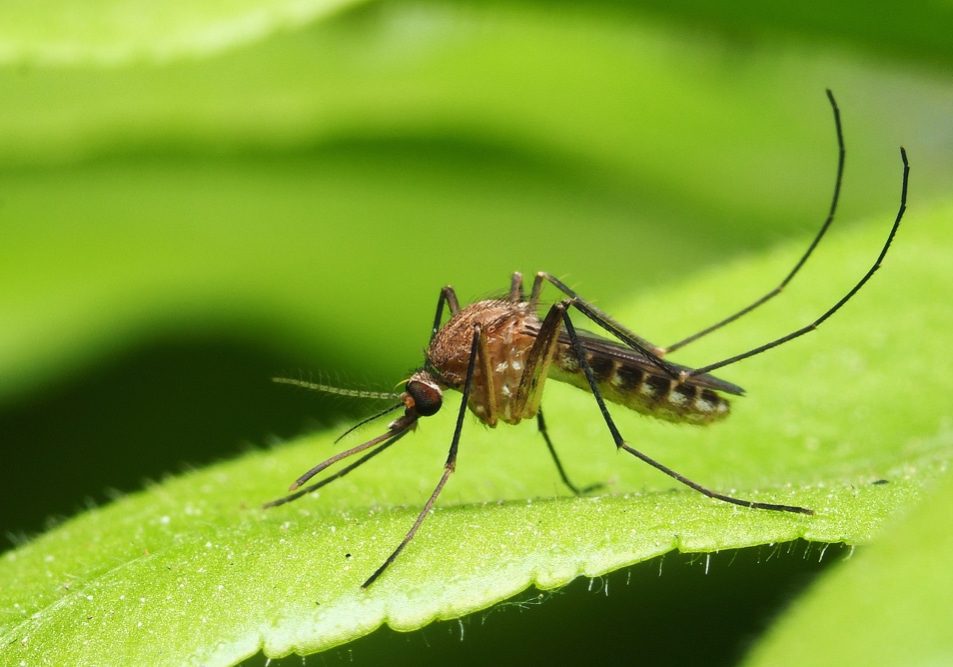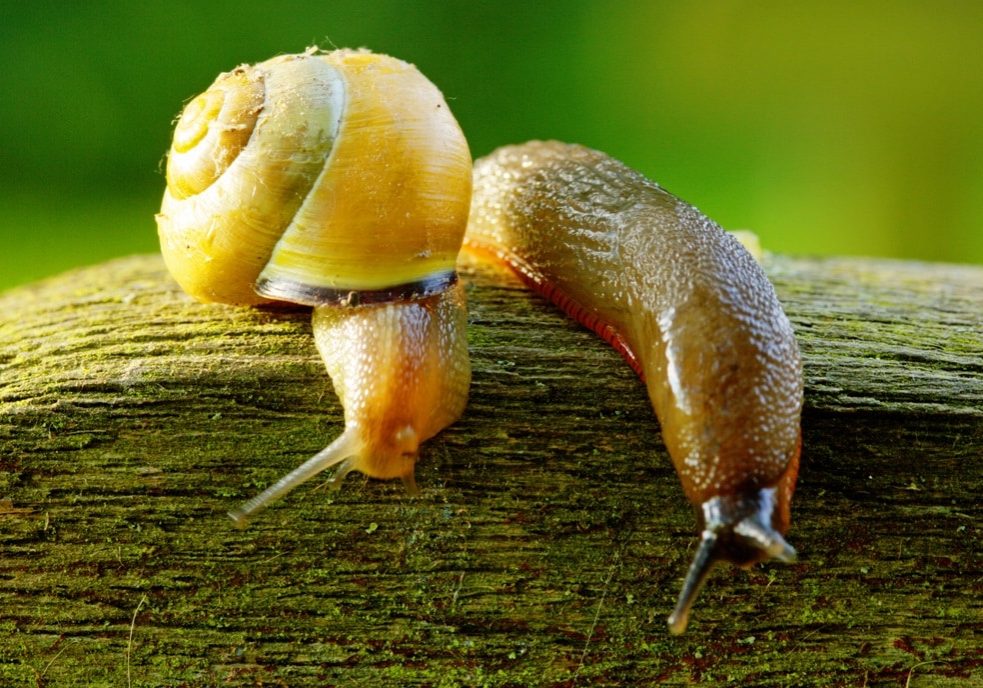As we transition through the seasons, homeowners often notice that their yards and gardens are thriving—until suddenly, they aren’t. Pest infestations can seem to spring up overnight, leaving homeowners frustrated and overwhelmed. Understanding the intricate relationship between weather patterns and pest activity can provide valuable insights into effective pest management. By recognizing how temperature, humidity, rainfall, and wind influence pest behavior, you can take proactive steps to protect your home and garden.
Understanding Weather Patterns
Weather patterns refer to the day-to-day changes in atmospheric conditions that impact our environment. They include variations in:
- Temperature
- Humidity
- Rainfall
- Wind
All these factors play a crucial role in determining the survival and proliferation of pests. For instance, an unusually warm winter might trigger pests to become active earlier in the season, while prolonged wet weather can create perfect breeding grounds. Being aware of these changes can help you prepare for potential pest issues before they arise.

Humidity and Its Impact on Pest Behavior
Humidity plays a vital role in pest behavior. High humidity levels can enhance pest survival and reproduction rates. Here's how:
- Moisture Helps Pest Growth: Many pests thrive in humid conditions, making it easier for them to find the moisture necessary for survival.
- Breeding Ground: Humidity can create ideal environments for pests to breed, especially in warmer months.
Pest Species Thriving in Humid Conditions:
-
1.Cockroaches:
These well-known pests prefer high humidity and are often found in basements and kitchens.
-
2. Fleas:
Infestations often spike during humid seasons, increasing their likelihood of spreading to pets and humans.
-
3. Mold and Mildew-Related Pests:
Pests like fungus gnats thrive in damp environments, feeding off decaying material in moist soil.
Managing Humidity: Homeowners can prevent pest infestations by controlling humidity levels in and around their homes. Simple actions like improving ventilation, using dehumidifiers, and fixing leaks can go a long way toward making your living space less inviting to pests.
Rainfall and Its Role in Pest Populations
Rainfall impacts pest activity in several ways, primarily by affecting the availability of water sources. Here's what you need to know:
- Availability of Water: Increased rainfall creates more standing water, which can be an ideal breeding ground for certain pests.
- Migratory Behavior: Heavy rains can drive pests into new areas, leading to unanticipated infestations.
Preparing for Weather-Related Pest Activity
With the knowledge of how weather influences pest activity, how can homeowners prepare for potential infestations?
- Monitor local weather forecasts to anticipate changes that could affect pest populations.
- Schedule regular inspections of your home and garden, especially during transitions between seasons.
By staying informed and proactive, homeowners can create a strong defense against pest invasions and ensure a healthy home environment.

At Emtec Pest Control, we are committed to safe and responsible pest control. We understand that your family’s safety is your number one priority, so we make it our priority, too.
If you have any other questions about any of these pests or pest control for your home or business, contact your Oklahoma pest control experts at Emtec Pest Control by calling us or by filling out our online contact form.


